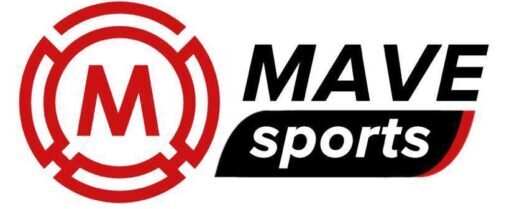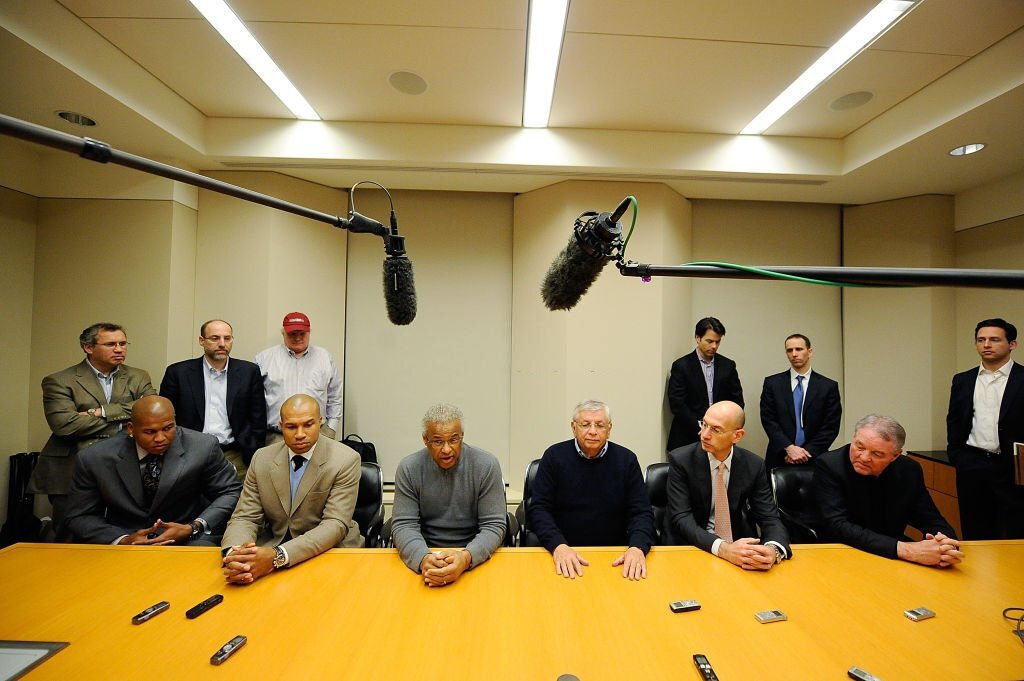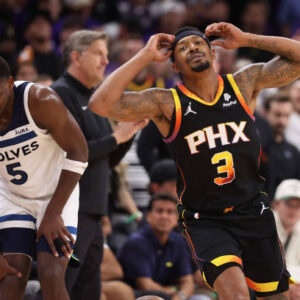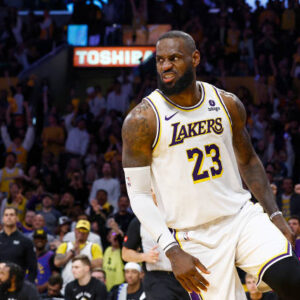The concept of a “lockout” in the world of sports typically brings about feelings of frustration and letdown for both fans and players. The NBA lockout of 2011 was no different. In this piece, we explore the definition of an NBA lockout and the reasons behind this notable occurrence in 2011.
A lockout is a conflict between the owners of a sports league (who represent the teams) and the players’ union. It happens when the two sides cannot agree on different aspects of how the league operates, such as working conditions, salary limits, revenue distribution, and other financial factors. When a lockout occurs, the league stops all activities, including games and player contracts, until a resolution is found.
The NBA experienced a prolonged lockout from July 1 to December 8, 2011, which was one of the longest work stoppages in the league’s history. The main causes of this disagreement can be condensed into two key aspects: financial stability and structural changes.
1. Financial Stability
The NBA, similar to other prominent sports leagues, relies heavily on financial factors that are essential for its stability and expansion. The owners expressed worries about the financial well-being of their teams, highlighting the current system that they considered unmanageable. They aimed to make adjustments to player salaries and revenue sharing in order to guarantee long-term sustainability and competitiveness.
2. Structural Changes
The league aimed to make significant changes to its structure, specifically in relation to the salary cap system. The owners suggested implementing a “hard” salary cap, which would restrict the amount teams could allocate towards player salaries. Conversely, the players’ union supported keeping the current “soft” cap, which allows teams to surpass the cap in certain circumstances.
The lockout was marked by extensive discussions and numerous meetings between the league officials and the players’ union. Both sides were striving to find common ground and achieve a just agreement that would secure a successful future for the NBA.
The consequences of the lockout were significant, resulting in a shorter season for the 2011-2012 NBA season. The regular season was cut down from the usual 82 games to 50 games, affecting fans, players, and the league’s financial earnings.
After a lengthy period of discussions and finding middle ground, a deal was finally struck, leading to the NBA resuming its activities in December 2011. Both parties made concessions, resulting in a revised Collective Bargaining Agreement (CBA) that established the financial and structural guidelines for the league in the coming years.

The NBA lockout in 2011 was a significant event for the league, showcasing the intricate relationship between team owners and players as they sought to find a compromise between financial security and equitable working conditions. The outcome of the lockout had a lasting impact on the NBA’s direction and still affects the way the league operates today.
READ ALSO: BASKETBALL POSTIONS EXPLAINED




